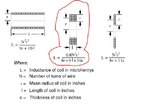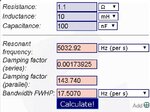kripacharya
Banned
You wrote earlier that it will be pulsed, in connection with power/ heat dissipation concerns which were raised by me.
Hence my question.
50amps into 1.1ohm implies 2.75Kw which is not trivial.
Hence my question.
50amps into 1.1ohm implies 2.75Kw which is not trivial.


